Fall 2013 Migration Wrap-up
Camellia – Curling Acres – Chesapeake, VA 11/08/2013
November 9, 2013Camellia Flies to Surry County, VA Nov 12
November 12, 2013Help support Project OspreyTrak by adopting an osprey on wildlifetracking.org. Adoptions make excellent holiday gifts for bird loving friends and family!
Rice
Rice successfully reached his wintering area on the Rio Magdelena, Columbia after 23 days of migration through the southeastern US, Cuba, Haiti, and the Dominican Republic. We expect him to stay in a small area (5-10 square km) until he leaves in February/March 2014 to migrate back to Virginia.
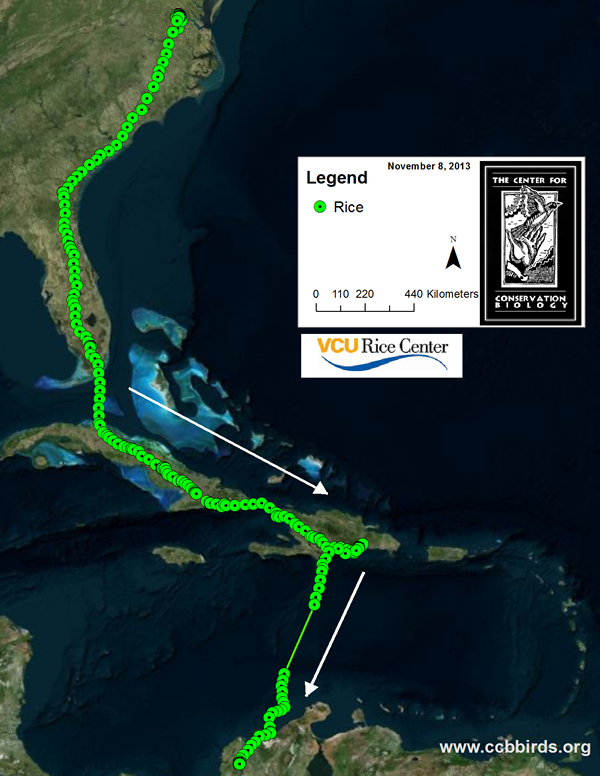
Fall 2013 migration map for Rice the Osprey. Rice is wintering on the Rio Magdelena in Columbia.
Thurston
Thurston is well and truly settled on Merritt Island, FL. Initially we thought he needed a few days to refuel before continuing migration south but he’s been at the same section of the island since September 19th and doesn’t show indications of moving further south. According to our colleague Rob Bierregaard, this is rare but not unheard of in transmittered osprey. There is a non-migratory population of osprey in Florida and typically osprey breeding in higher latitudes migrate further south than Florida. 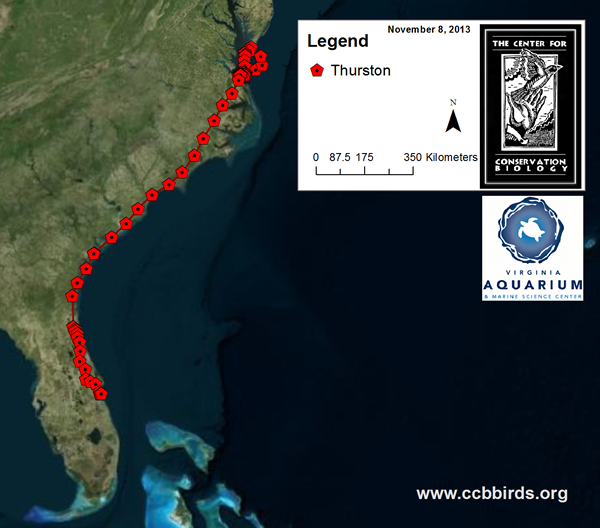
Jett
It’s now been 6 weeks since we last heard from Jett and we’ve had to declare him lost at sea. His fall migration went smoothly until he reached the Dominican Republic where he had to wait until a front with 80 mph winds moved through before continuing south. He launched over the Caribbean Sea SW towards the Columbia coast. At the start of the flight he had a promising tailwind but then the wind changed direction becoming a crosswind and finally a headwind. After 26 hours of flying we lost his signal.
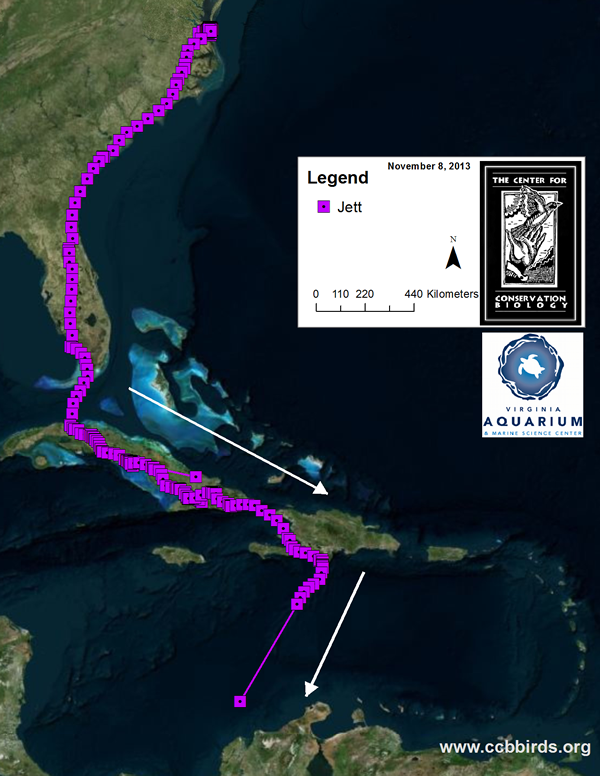
We lost Jett’s signal on the last leg of his migration south in fall 2013. The weather changed on his flight across the Caribbean Sea and we believe he was lost at sea.

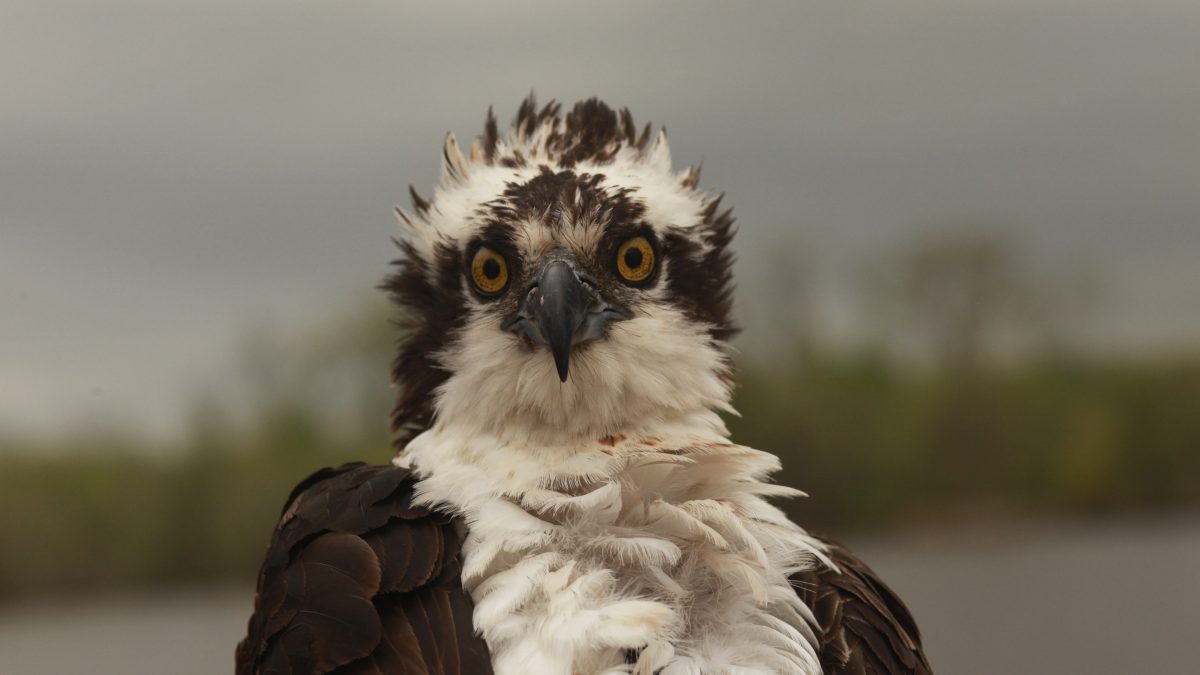
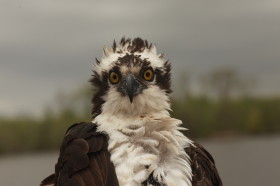
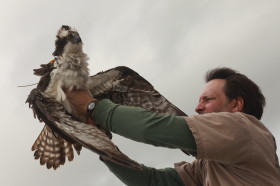
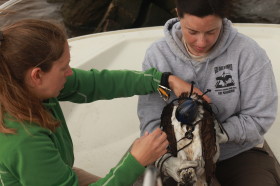
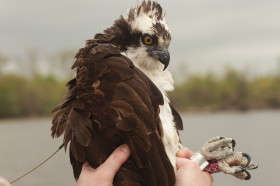
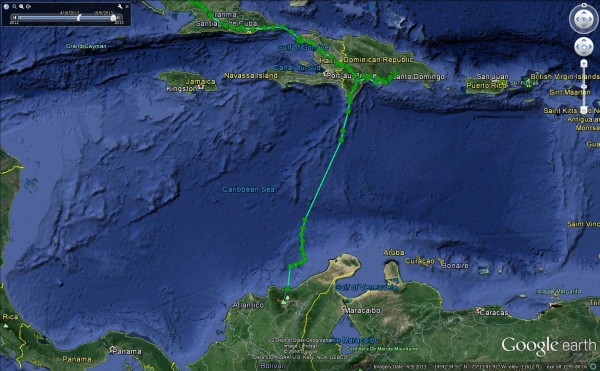
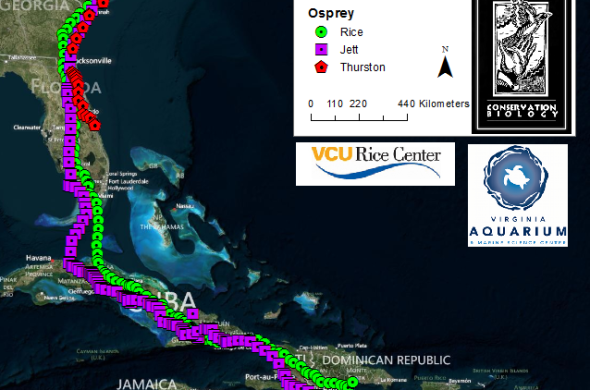

8 Comments
How fascinating this is to follow! It’s sad that we lost Jett. I hope many consider adopting an animal from CCB as holiday gifts. I can’t think if a better organization to support.
Thanks for the update!
It’s so great to get these reports. Thanks so much Libby & CCB. Sorry we most likely lost Jett but glad Thurston decided to just stay put in FL.
This is fascinating. I didn’t realize that Osprey migrated so far. Too bad Jett didn’t make it. I hope CCB is gaining valuable insight from the transmittered Osprey.
Hi there, I only discovered Rice a few months ago and I totally love him (and every other osprey) to bits! Are you still tracking Rice, and if so, is he still in Virginia? And are there anymore photos and videos of him? I would love to know more about his life please.
Cheers!
Hello Steve,
We stopped tracking Rice in January of 2014, near Plato, Colombia. But you can search for “Rice” on our website and find some additional posts on his activity, such as:
http://www.ccbbirds.org/2013/09/23/second-osprey-reaches-cuba/
http://www.ccbbirds.org/2013/10/07/rice-reaches-colombia/
Hi CCB Admin,
Thanks for your reply. Yep, I already thoroughly scanned your great site for all the info I could find on Rice and was just wondering if there was any 2015 news on him. Well, I can only hope he’s still alive, well and thriving, with a huge family of wonderful ospreys to longsufferingly bring fish to all day, every day, as I’ve seen other dad ospreys do! 🙂 I love those photos of Rice, he’s so beautiful.
Thanks for helping us newbies learn more about these marvellous ospreys.
Why has this blog died?
innovation and use of technology to track migratory routes of osprey is a great and fantastic work which may lead on understanding their behaviors. graet work